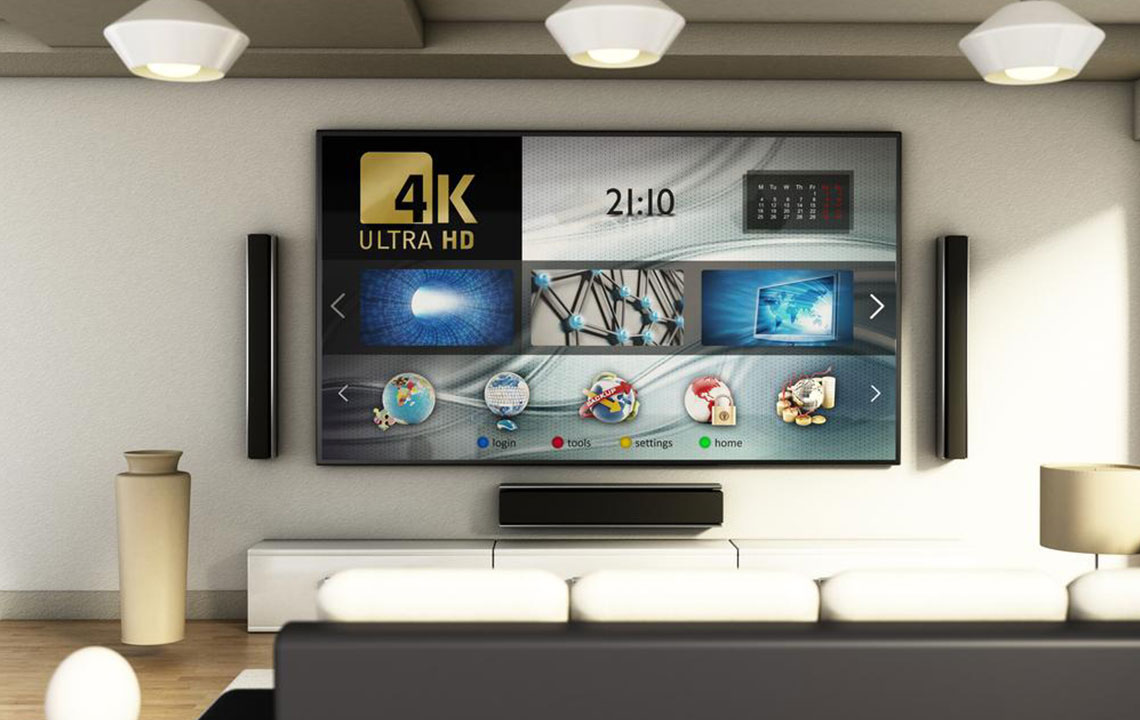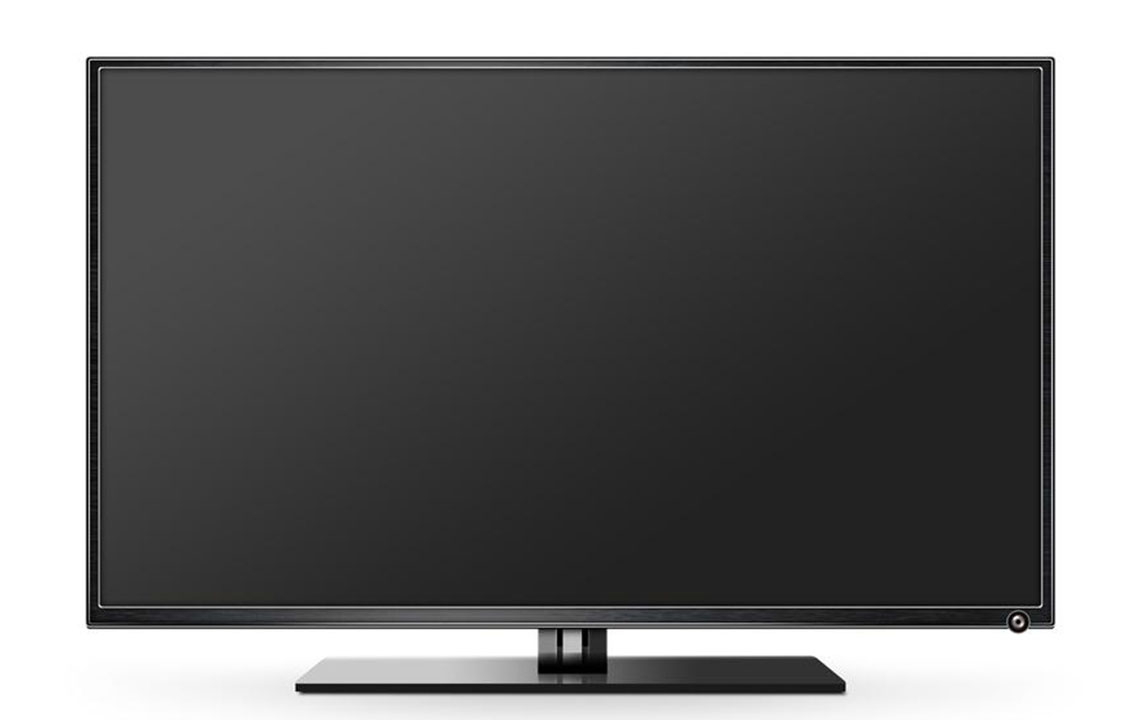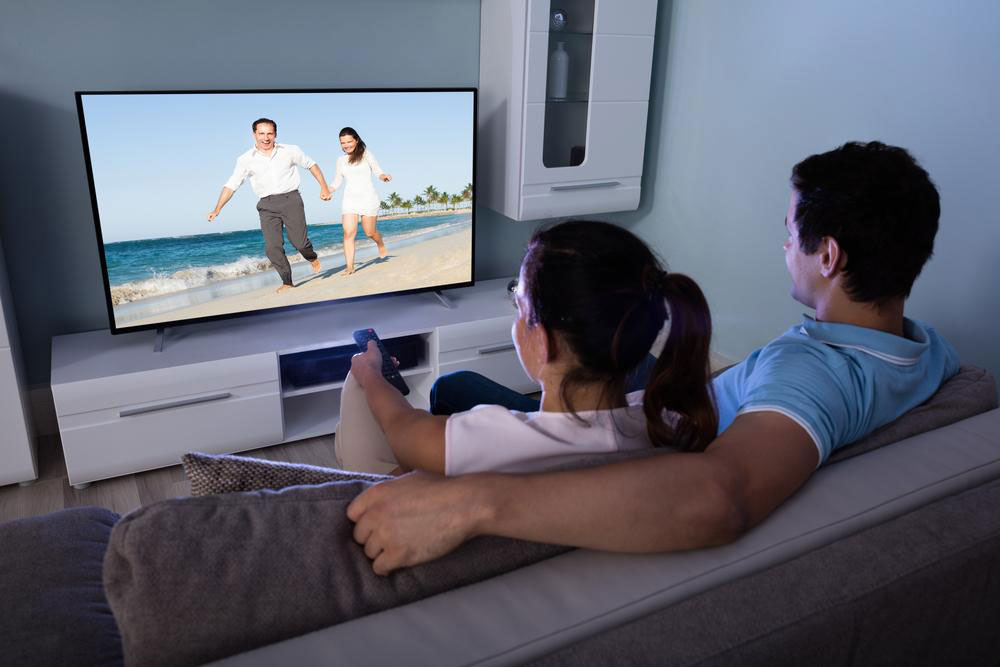Complete Guide to 4K and Ultra HD Television Technologies
Discover everything about 4K and Ultra HD TVs, including resolution differences, viewing benefits, streaming requirements, and buying tips. Learn how these advanced displays enhance your home entertainment experience with sharper images and better clarity. Find out what features to look for and how to choose the best 4K model to suit your needs and budget for future-proof entertainment.

The evolution of television technology has transformed our viewing experience significantly. From traditional wooden boxed sets to sleek, interactive touch screens, modern TVs offer stunning visuals and smart features such as internet access and expansive screens.
Recently, 4K TVs have become a hot topic among entertainment enthusiasts. Once a niche for tech fans, 4K resolution is now mainstream worldwide, attracting general viewers seeking premium home entertainment. This guide covers everything about 4K and Ultra HD, along with key features for those hunting for the best TV deals.
What is 4K?
4K, also called Ultra HD, refers to a resolution of 4096×2160 pixels—quadrupling standard HD resolution of 1920×1080 pixels. This high pixel density results in clearer images with richer details and textures, enhancing overall picture quality. It's not about sharpness but delivering a more immersive viewing experience.
Difference Between 4K and Ultra HD (UHD)
While 4K denotes 4096×2160 pixels, UHD typically describes a resolution of 3840×2160 pixels in a 16:9 aspect ratio, common in most TVs today. Although the terms are often used interchangeably, they differ slightly in pixel count.
Can I watch my favorite shows in 4K?
Owning a 4K TV alone doesn't guarantee access to 4K content. It requires compatible sources like streaming platforms such as Netflix or Amazon Prime, or 4K Blu-ray players. The TV’s processing can upscale HD content, but true 4K visuals come from supported sources.
Is 4K real, or just a marketing term?
The increased pixels in 4K TVs ensure enhanced definition, clarity, and more detailed images. This results in richer textures and an immersive experience, especially on larger screens, typically 65 inches or bigger. Many studios are already discussing 8K, but 4K remains the current standard for high-quality viewing.
Do all 4K TVs support online 4K streaming?
Most modern 4K televisions support streaming 4K content. Earlier models sometimes faced limitations, but now support for 4K streaming is widespread across brands.
What is needed to view 4K content?
The latest HDMI 2.0 ports are designed for 4K video at up to 60 frames per second, supporting high data bandwidth and enhanced color sampling. Most 4K TVs come equipped with HDMI 2.0, making them future-proof for high-quality content consumption.
Choosing a 4K TV ensures an upgraded home entertainment setup, offering sharper images and vibrant colors for years to come.










